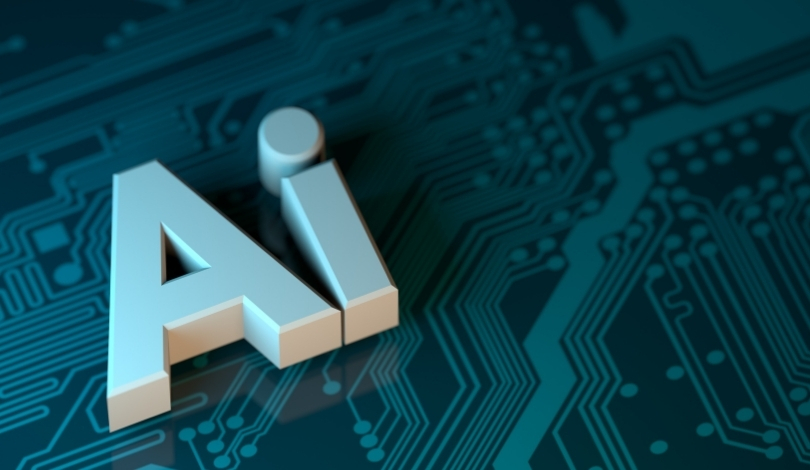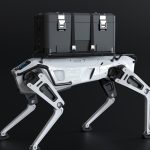As artificial intelligence systems grow more sophisticated, attention is turning to their ability to cooperate seamlessly rather than their individual intelligence alone. While AI models from companies such as Anthropic, IBM, and Google continue to attract attention for their advanced capabilities, the lack of a shared communication method is widely recognised as a significant barrier. Industry observers note that, despite breakthroughs in reasoning and autonomy, AIs working in isolation cannot unlock the broader benefits many hope for. Coordinating efforts among these systems is increasingly seen as a step towards larger, practical applications. This situation is comparable to the initial days of the internet, when the absence of commonly accepted protocols limited data exchange across networks.
Previous updates usually focused on AI models’ performance benchmarks or improvements in reasoning, with less emphasis on agent-to-agent communication. Industry discussions for several years highlighted the need for standardisation, but until recently, solutions tended to prioritise single-model efficiency rather than interoperability. Only lately have protocols like IBM’s Agent Communication Protocol (ACP) and Google’s Agent-to-Agent (A2A) protocol entered public experiments, shifting focus towards multi-agent collaboration and real-world implementation. Earlier reviews also pointed out concerns that fragmentation would persist if large companies only pursued proprietary systems. The current push for universal standards echoes long-standing predictions and ongoing debates about governance in the AI sector.
Emerging Protocols for AI Communication
New communication frameworks are being introduced to tackle the interoperability challenge. Anthropic’s Model Context Protocol (MCP) proposes a way for individual AI models to access outside tools and data. While MCP is structured for simplicity and security, developers note its design supports single AI operation more than multi-agent teamwork. According to Anthropic,
“MCP enables seamless integration with various tools but does not directly support agent-to-agent exchanges.”
How Do ACP and A2A Differ in Approach?
In contrast, IBM’s ACP aims to establish peer-level interaction among AIs via open-source and familiar web technologies, thereby lowering integration barriers for developers. Google’s A2A protocol supplements MCP by orchestrating more complex collaborations through digital identifiers called ‘Agent Cards,’ which facilitate information exchange among different AI agents. Google emphasised,
“A2A supports distributed problem-solving by allowing agents to discover and communicate efficiently.”
These advances point toward increased practicality in tasks demanding coordinated decision-making among several specialised systems.
What Are the Implications for AI Development?
The choice of standard will influence whether AI systems are organised centrally with one model controlling tools, or distributed with multiple specialist agents cooperating. Distributed protocols such as ACP and A2A are designed with scalability and flexibility in mind, reflecting a wider industry trend towards more open and interconnected AI architecture. The debate over which pathway should dominate remains unresolved, with proponents on both sides highlighting their preferred models’ suitability for different use cases. Despite competing visions, many agree that developing mature protocols is essential to foster broader adoption across sectors.
Fragmentation remains a key concern as more protocols are proposed, risking further silos between systems rather than reducing them. The lack of consensus could impede AI deployment in industries requiring robust agent coordination, such as manufacturing or healthcare. Companies experimenting with communication standards often cite potential for increased efficiency and adaptability, yet stress that protocol competition may slow overall progress until common frameworks are widely accepted.
Recognising this, any moves towards interoperability will likely be incremental rather than immediate. Stakeholders researching these protocols should note their practical differences and constraints, particularly when considering deployment scale and required security. Industry watchers recommend monitoring developments in ACP and A2A alongside new proposals as the conversation evolves. Selecting frameworks that match particular business or research needs, while keeping abreast of shifting standards, can help avoid future integration issues. Those planning to implement AI agents across interconnected domains may benefit by participating in standard-setting discussions and trials, ensuring their systems remain compatible within an expanding ecosystem.










